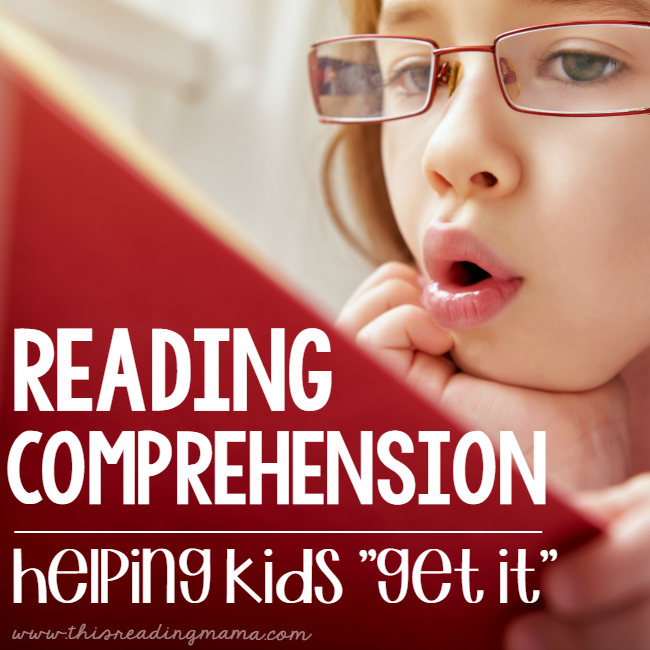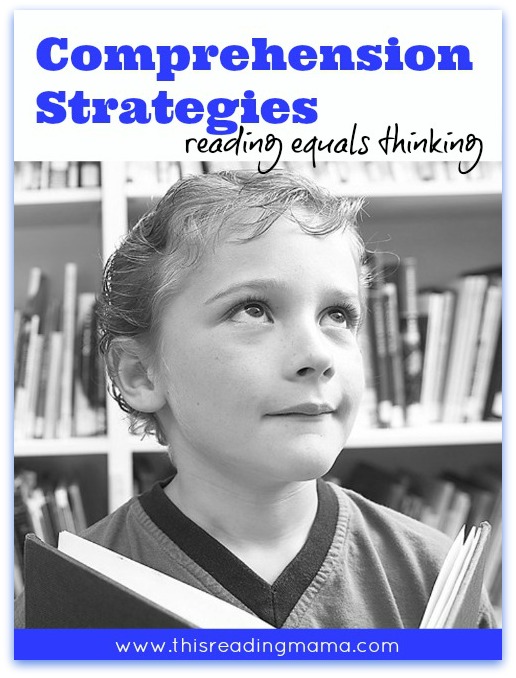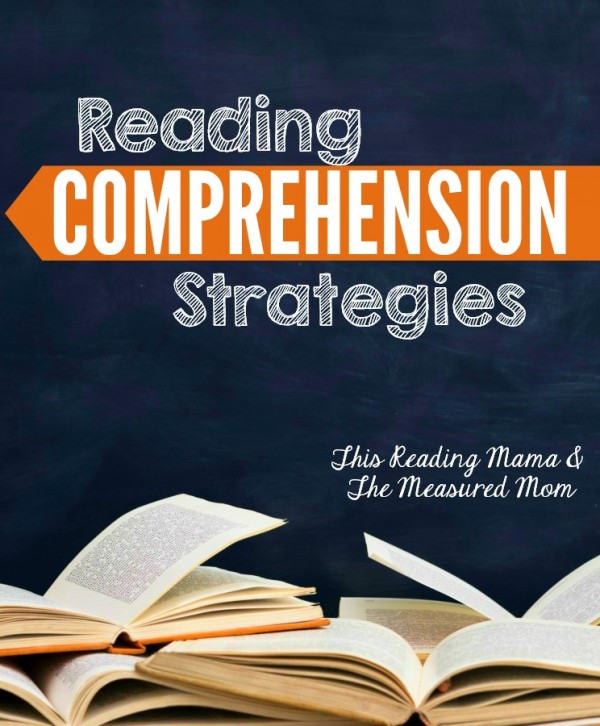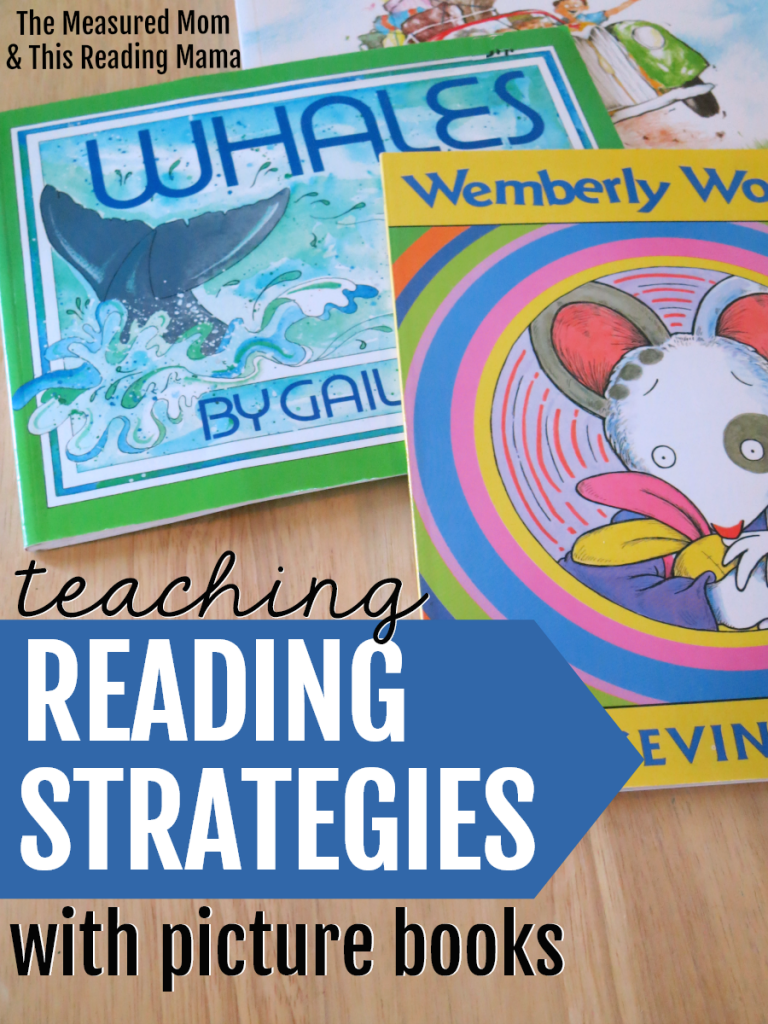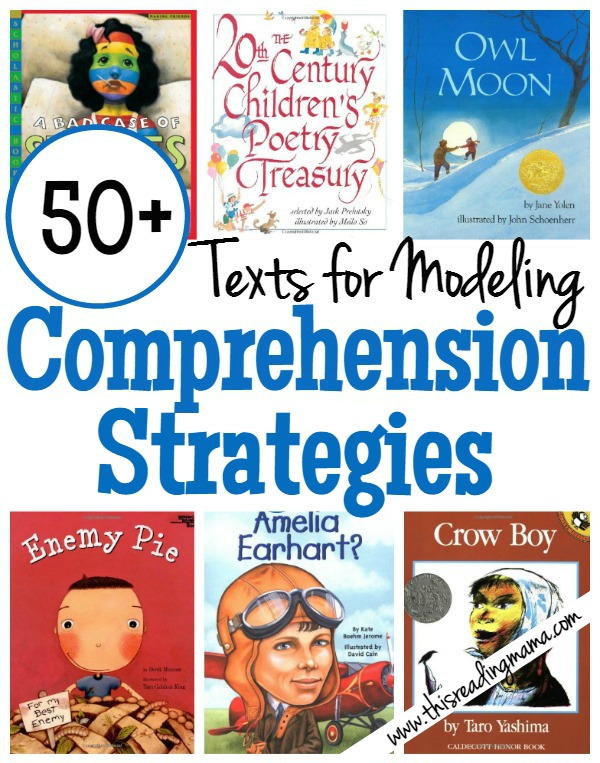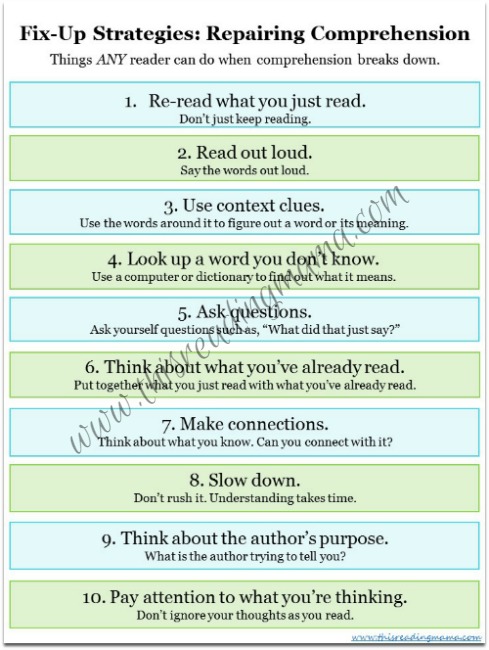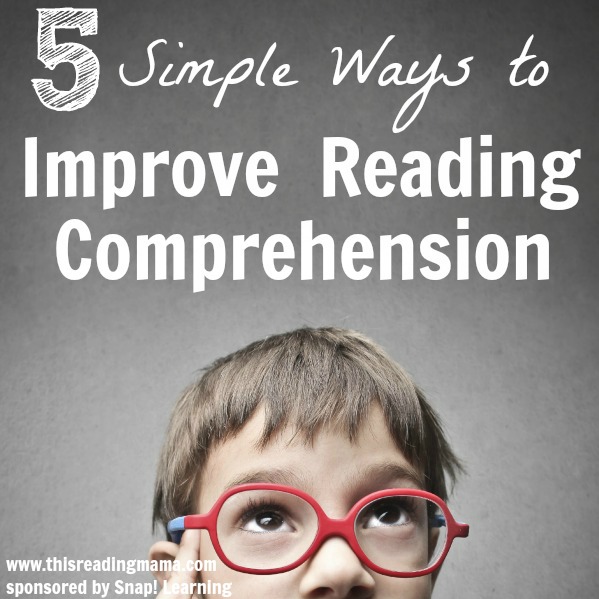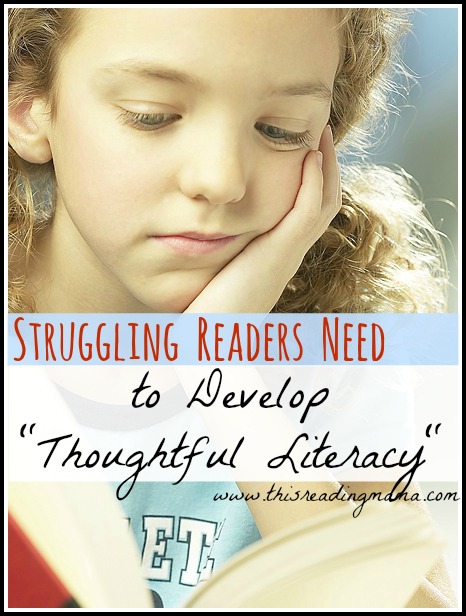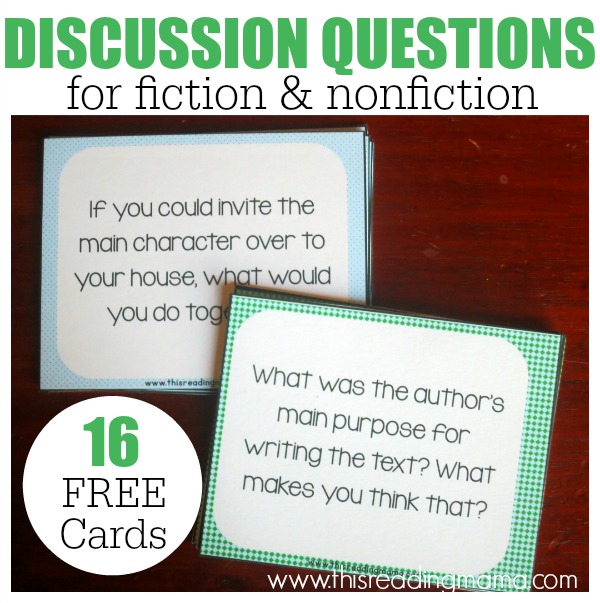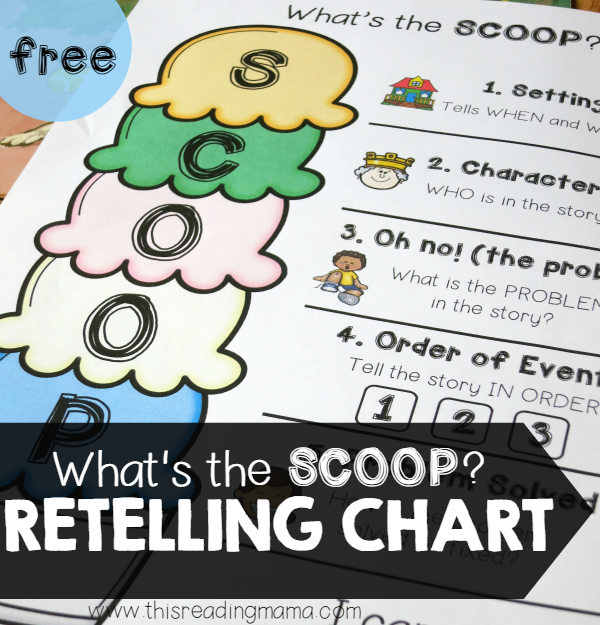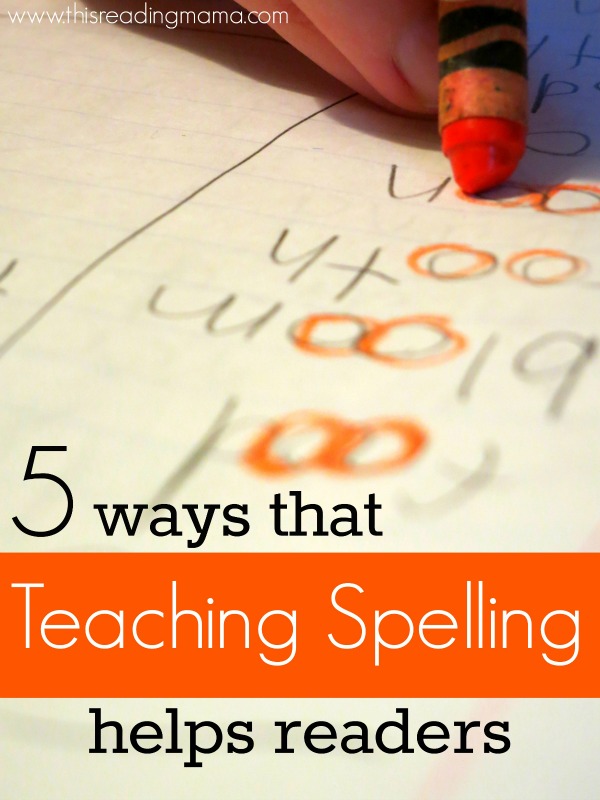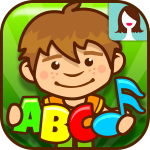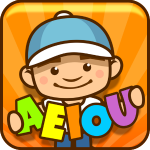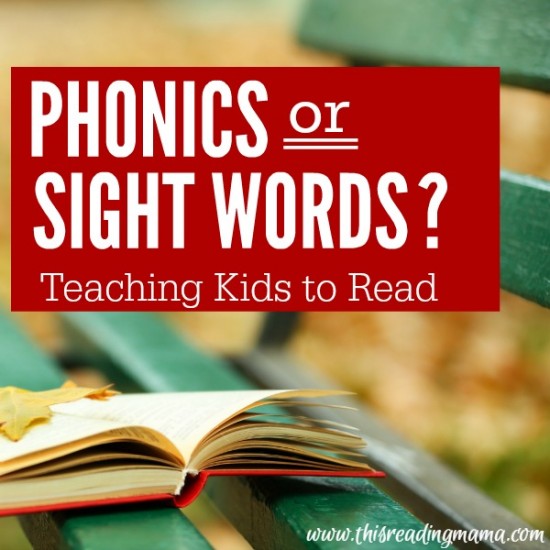I’d like to share some reading comprehension resources that can help you with teaching comprehension.
“But I just don’t get it.'” Ever heard that phrase before from a student or your own child? If you’ve worked with teaching reading to kids very long, you are sure to have encountered a child who struggles to comprehend or making meaning of what he’s reading.
What should you do? Where do you start? This can be tricky because, for the most part, comprehension is silent and can feel a little abstract.
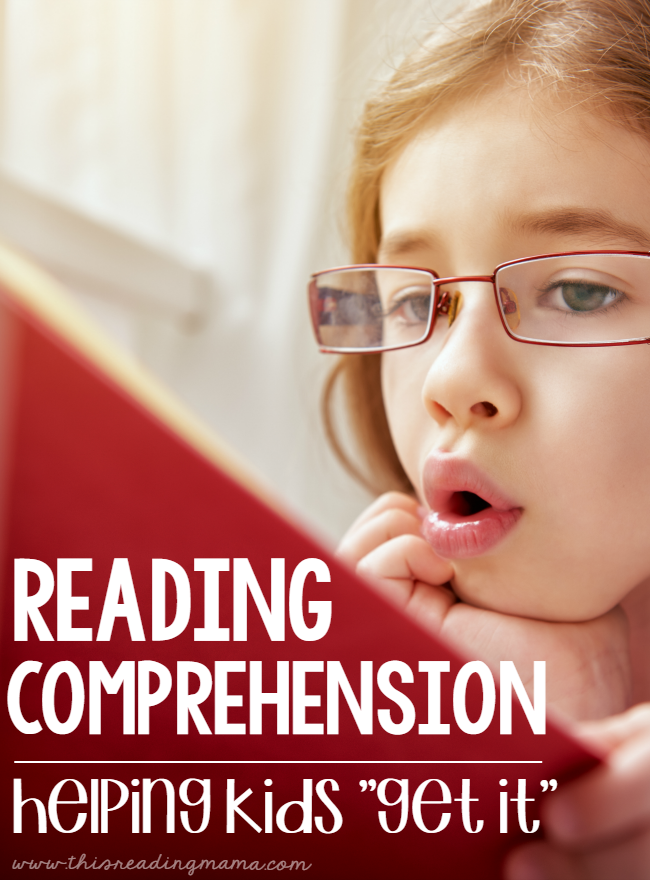
*This post contains affiliate links.
Reading Comprehension Resources
Click on each highlight link below to hop over to the resource or article mentioned in this list.
Reading Comprehension: Reading Equals Thinking
A long time ago, a professor of mine said something I’ve never forgotten. After she asked the class, “What is reading?” and listened to all our answers, she said, “If you really boil it all the way down, reading equals thinking.” That really stuck with me.
Kids need to know that reading equals thinking. We think before we read. We think while we read. We think after we read. We don’t just “bark words”, we make meaning. But what exactly do readers think about? That’s where the comprehension strategies come into play. My reading equals thinking post explains each one with some common kids of phrases we tend to think or say for each strategy.
Reading Comprehension Strategy Lessons
If you’re like me, I like to see concrete examples of things that are more abstract in nature. That’s what our Reading Comprehension Series is all about. The Measured Mom and I teamed up this past spring and posted 10 weeks of comprehension strategy lessons.
In this series, you’ll find explanations of each strategy, but more importantly, there are practical lessons {with many free downloads} for you to try, or adapt, yourself. Woohoo!
Comprehension Reading Strategies with Picture Books
In this series, we SHOW you how to use various pictures books to explicitly teach comprehension and reading strategies. You’ll love all the free printables, too!
50+ Books for Modeling the Comprehension Strategies
In the comprehension series mentioned above, each lesson features a book or two that fits nicely when teaching a particular comprehension strategy. After mulling over it for a year or so, I decided to take the plunge and create my own book lists for each reading comprehension strategy. The books that are on each list are mostly books that I’ve used and loved over the years as a classroom teacher, private reading tutor, and homeschooling mom to model each of the comprehension strategies.
Kids who struggle with comprehension need it to be modeled for them. They need to hear you speaking your thoughts out loud such as, “I wonder why…” or “That reminds me of…” They need to “see” your comprehension, so to speak. My goal was to include books on each list that naturally fit each strategy so that it was easy to model them when reading aloud or together.
It’s always nice to have support when we are learning something new, isn’t it? Kids who are learning to practice and apply the reading comprehension strategies are no different. That’s why I created this reading comprehension pack.
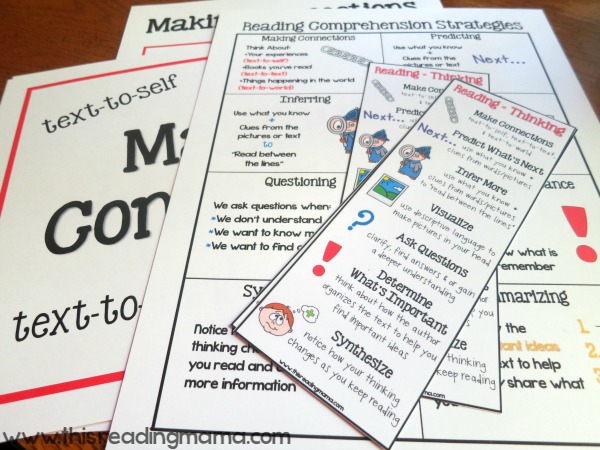
In this pack, are wall charts, a 1-page resource {great for a reading folder}, and bookmarks to help remind kids of each comprehension strategy and why we use it. Note: This pack {as well as many other free packs} is for my newsletter subscribers only! If you’re not a subscriber, you can be by signing up here.
Kids who struggle with comprehension tend to think that “good” readers do not. I say “good” in quotes because I don’t use this word with struggling readers. I know this after working with many of them, even my own son. They tend to think that comprehension requires little work and should come naturally. While that may be more true of older, more proficient readers, comprehension isn’t always easy. Occasionally, we come across words we don’t know or we get distracted and can’t remember what we just read 2 paragraphs ago.
“Good” readers do make mistakes. “Good” readers do have to figure out word meanings. But the difference is that “good” readers use strategies to help them fix things when their comprehension gets off. And that’s what this post is all about. It also comes with a free printable, perfect for kids to see the strategies that all readers use.
Simple Ways to Improve Reading Comprehension
In this post, I share 5 simple ways to improve reading comprehension using any kind of text. We have to remember that struggling readers need support before, during AND after reading.
If you have a struggling reader in your classroom or at home, I’d highly recommend you try Snap! Learning and explore all the resources they have for supporting your struggling reader during all parts of the reading process.
What Kinds of Comprehension Questions Do You Ask?*
Sometimes, we hinder the comprehension process by asking questions that don’t really matter in the grand scheme of things. Questions like, “What color was the main character’s shirt?” or “What did the boy say on pg. 8?” are not at all helpful for building comprehension. {You might laugh, but I’ve seen these kinds of questions on a particular computer-based reading program our school used.} We want our questions to require kids to THINK ABOUT what they’ve read.
Saving all our questions until the end of reading is a very common practice, but I encourage you to try asking questions before reading, during reading, and after reading, like I mention in this post, How to Ask Questions to Check Comprehension. After all, that’s what proficient readers do.
And like I mentioned above, it all depends on the KINDS of questions we’re asking. Like I wrote about in my 10 Things Struggling Readers Need series, we need to ask questions that lead to “thoughtful literacy”, not questions that rely on rote memory alone.
If you’re looking for a new ideas on thoughtful kinds of questions that foster discussions, check out the free discussion questions that I created. There are some for fiction as well as nonfiction and they work well, even if you haven’t read the book. I share even more comprehension questions in my book, How to Choose “Just Right” Books: Helping Kids Grow as Readers.
*A BIG NOTE: If your child is reading early readers, like the predictable texts from Reading the Alphabet or phonics readers, like those that The Measured Mom has made or BOB Books, the main purpose of the text isn’t for comprehension. The main purpose of early readers is for learning to read the words. Building comprehension in the young readers is mostly done through read aloud books, like those from the books lists I’ve created, not by asking literal questions about Joe’s shirt color.
Understanding Text Structure
Wow, that sounds complicated and a little scary. It sure did to me the first time I heard that term. But text structures is important to reading comprehension, especially when it comes to determining what’s important and summarizing texts.
Text structure just refers to understanding the way an author has organized the information in the book. {By the way, Emily Kissner’s book, Summarizing, Paraphrasing, and Retelling is a fantastic book to help you understand more about text structure. Love her book!}
Fiction Text StructureNonfiction Text Features
Nonfiction Text Structures
Here are some FREE comprehension charts for text features & text structures. You’ll find a free chart, ideas for how to use it, and book suggestions for each skill! Find one for Fiction Text Structure, Nonfiction Text Features, and Nonfiction Text Structures!
For kids who need to work on understanding how fiction stories are organized, my simple SCOOP retelling chart or retelling pack is a FUN way to help kids understand.
Obviously, fiction text structure is different than nonfiction text structure. Authors also include story elements and text features to help build the structure. You can read more about each kind of text structure in our 5 Days of Teaching Text Structure Series. In it, are three FREE printable packs for helping you teach text structure to your readers.
Phonics {and Sight Word} Instruction
I would be remiss if I didn’t mention that thinking about what you read isn’t all that really goes into comprehension. If kids are reading books that are too difficult for them {they can’t decode or recognize the words}, it can negatively affect their fluency and understanding of what they’re reading.
Readers need phonics instruction that helps the English language make sense. Instead of focusing on random lists of rules, they need instruction that helps them analyze, compare, and spell words that share the same phonics pattern. If you have followed me for very long, you know I love to make free phonics printables!
Two of my favorite spelling programs that do just this are All About Spelling and Words Their Way {which follows the word study approach}. If you want to read more about teaching kids to spell, I happen to have a book called {drum roll please}…Teaching Kids to Spell and a fun post that features 50 Different Hands-On Activities for Teach Spelling.
- Short Vowel Word Study
I have also worked hard over the last few months to provide spelling apps for kids, too {with more on the way!} So far, we have Alphabet Sounds App {left}, Short Vowel Word Study App {middle}, and Long Vowel Word Study App {right}. All three of these apps are interactive and require kids to sort, analyze, spell and write by phonics patterns.
But phonics instruction is only half the coin when learning to read. Kids need to become automatic in their recognition of words. Most people know the term “sight words”, but “high frequency words” is probably the most accurate term. Certain words appear quite often, or frequently, in text {the first 100 of Fry’s list make up about 50% of anything you read} and we don’t want kids sounding out these words every time they get to them.
Enjoy!
~Becky
